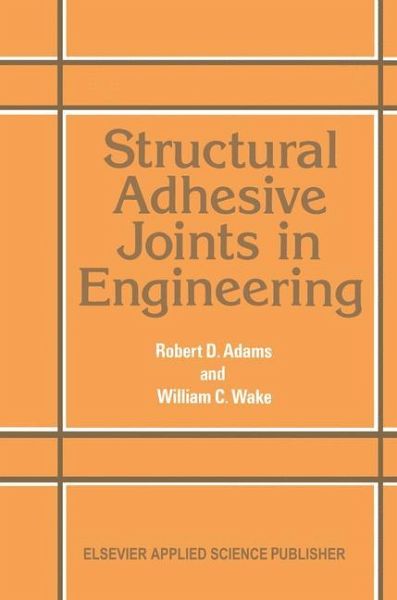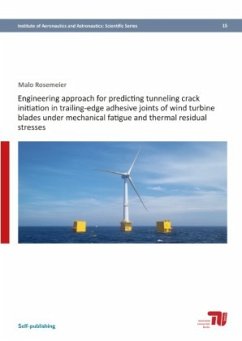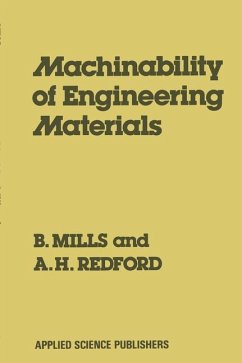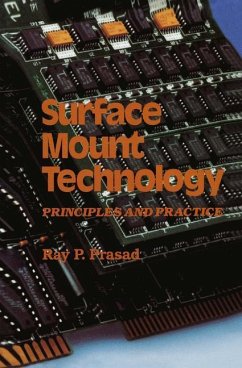
Structural Adhesive Joints in Engineering
Versandkostenfrei!
Versandfertig in 1-2 Wochen
67,99 €
inkl. MwSt.

PAYBACK Punkte
34 °P sammeln!
The intention of this book is that it should contain everything an engineer needs to know to be able to design and produce adhesively bonded joints which are required to carry significant loads. The advan tages and disadvantages of bonding are given, together with a sufficient understanding of the necessary mechanics and chemistry to enable the designer to make a sound engineering judgement in any particular case. The stresses in joints are discussed extensively so that the engineer can get sufficient philosophy or feel for them, or can delve more deeply into the mathematics to obtain quantita...
The intention of this book is that it should contain everything an engineer needs to know to be able to design and produce adhesively bonded joints which are required to carry significant loads. The advan tages and disadvantages of bonding are given, together with a sufficient understanding of the necessary mechanics and chemistry to enable the designer to make a sound engineering judgement in any particular case. The stresses in joints are discussed extensively so that the engineer can get sufficient philosophy or feel for them, or can delve more deeply into the mathematics to obtain quantitative solutions even with elasto plastic behaviour. A critical description is given of standard methods of testing adhesives, both destructively and non-destructively. The essen tial chemistry of adhesives and the importance of surface preparation are described and guidance is given for adhesive selection by me ans of check lists. For many applications, there will not be a unique adhesive which alone is suitable, and factors such as cost, convenience, produc tion considerations or familiarity may be decisive. A list of applications is given as examples. The authors wish to increase the confidence of engineers using adhesive bonding in load-bearing applications by the information and experience presented. With increasing experience of adhesives en gineering, design will become more elegant as weH as more fitted to its products.












